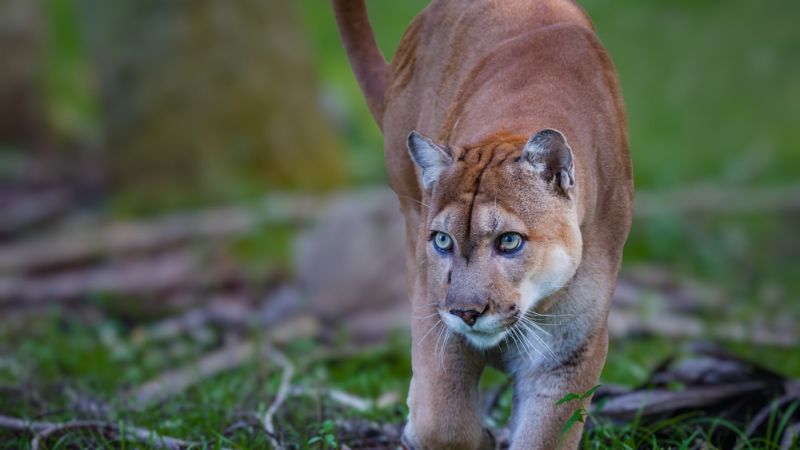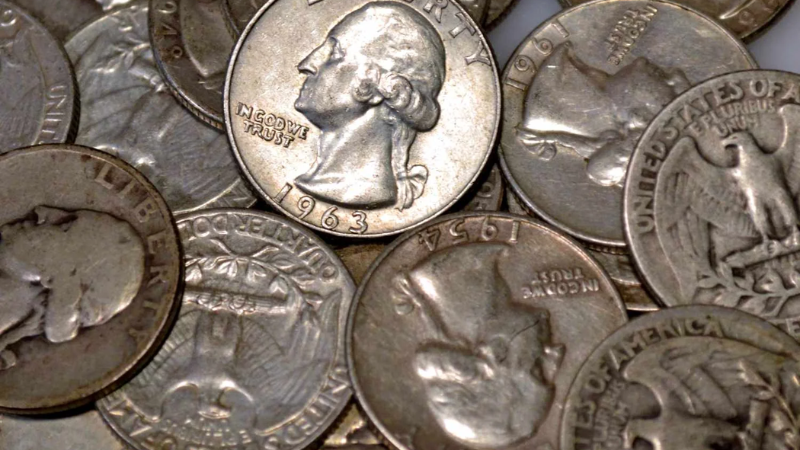Nestled within the heart of Florida lies one of the most unique and ecologically diverse ecosystems in the world: the Florida Everglades. This vast subtropical wilderness is home to a myriad of fascinating creatures, each playing a vital role in maintaining the delicate balance of this intricate ecosystem. From iconic apex predators to diminutive amphibians, the Everglades boast an astonishing array of wildlife. Join us on a journey as we uncover ten remarkable animals that call this enchanting wetland home.
1. American Alligator (Alligator mississippiensis)
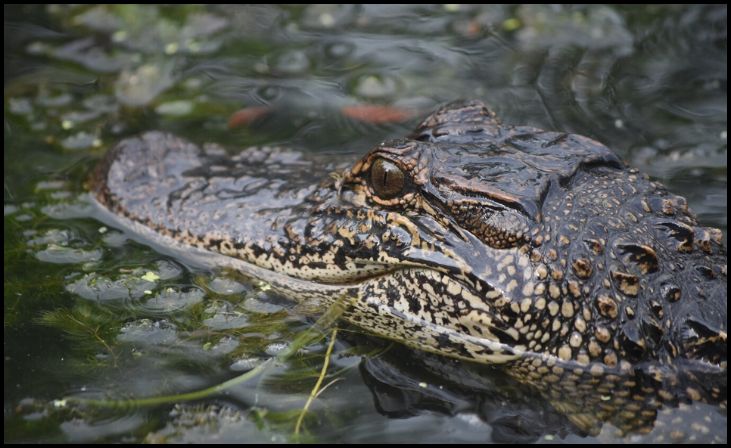
No discussion of the Florida Everglades would be complete without mentioning the iconic American alligator. As one of the Everglades’ most formidable predators, these reptiles play a crucial role in regulating the ecosystem by controlling prey populations. With their armored bodies and powerful jaws, American alligators are apex predators, feeding on fish, birds, and mammals that inhabit the marshes and waterways of the Everglades.
2. Florida Panther (Puma concolor coryi)
The Florida panther is a symbol of the wild spirit of the Everglades. This majestic big cat, a subspecies of the mountain lion, roams the dense forests and swamps in search of prey. Sadly, the Florida panther is critically endangered, with only a small population remaining in the Everglades. Conservation efforts are underway to protect this iconic species and ensure its survival in its natural habitat.
3. West Indian Manatee (Trichechus manatus)
Moving from the shadows of the swamps to the tranquil waters of the Everglades, we encounter the gentle giants of the sea: the West Indian manatees. These herbivorous marine mammals seek refuge in the warm, shallow waters of the Everglades during the winter months, where they graze on aquatic vegetation. Despite their massive size, manatees are peaceful creatures, often spotted leisurely swimming through the maze of water channels that crisscross the Everglades.
4. Roseate Spoonbill (Platalea ajaja)
With its vibrant pink plumage and distinctive spoon-shaped bill, the roseate spoonbill is a sight to behold in the marshes of the Everglades. These wading birds use their unique bills to sift through the mud in search of small fish, crustaceans, and insects. As they sweep their bills from side to side, they create a striking spectacle against the verdant backdrop of the wetlands, making them a favorite subject for wildlife enthusiasts and photographers alike.
5. American Crocodile (Crocodylus acutus)
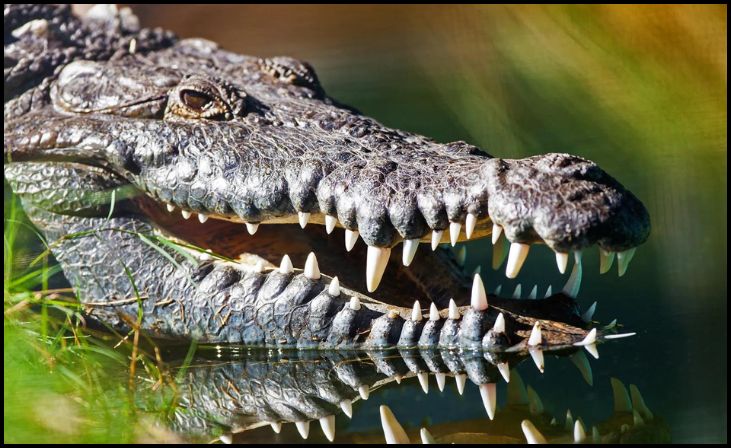
While similar in appearance to the American alligator, the American crocodile is a rare and elusive inhabitant of the Everglades. Unlike their more common cousins, American crocodiles prefer the brackish waters found in coastal mangrove habitats. Despite their fearsome reputation, these crocodiles are typically shy and tend to avoid human interaction. However, their presence serves as a reminder of the untamed wilderness that still thrives within the confines of the Everglades.
6. Burmese Python (Python bivittatus)
In recent years, the Florida Everglades has gained notoriety as the epicenter of an invasive species crisis, with Burmese pythons wreaking havoc on the native wildlife. Originally introduced to the region as exotic pets, these large constrictor snakes have since established thriving populations in the Everglades, decimating populations of small mammals and birds. Efforts to control the spread of these invasive predators continue, highlighting the importance of preserving the delicate balance of this unique ecosystem.
7. Florida Softshell Turtle (Apalone ferox)
Beneath the murky waters of the Everglades, another ancient reptile lurks: the Florida softshell turtle. With its pancake-like shell and long snorkel-like nose, this aquatic turtle is perfectly adapted to life in the swampy marshes of the Everglades. Florida softshell turtles are opportunistic feeders, preying on fish, amphibians, and crustaceans that inhabit the labyrinth of waterways within the Everglades.
8. Anhinga (Anhinga anhinga)
Known colloquially as the “snakebird” due to its long, slender neck and serpentine appearance in the water, the anhinga is a common sight in the Everglades. These sleek, black birds are expert fishermen, using their sharp bills to spear fish beneath the surface of the water. With their wings outstretched to dry in the sun, anhingas can often be seen perched on branches or logs, basking in the warmth of the Everglades’ subtropical climate.
9. Eastern Diamondback Rattlesnake (Crotalus adamanteus)
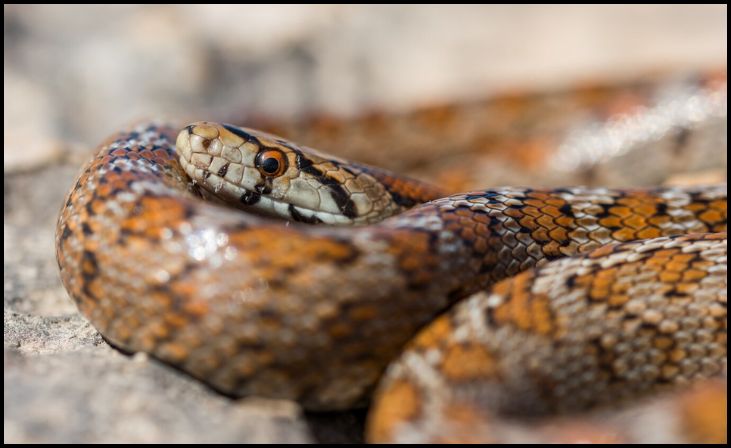
Venturing into the upland habitats bordering the Everglades, we encounter one of North America’s most venomous snakes: the Eastern diamondback rattlesnake. With its distinctive diamond-shaped markings and menacing rattle, this formidable serpent commands respect from all who cross its path. Despite its fearsome reputation, the Eastern diamondback plays a vital role in controlling rodent populations, helping to maintain the delicate balance of the Everglades ecosystem.
10. Everglades Snail Kite (Rostrhamus sociabilis plumbeus)
Rounding out our list is the Everglades snail kite, a bird of prey with a specialized diet consisting primarily of apple snails. Endemic to the wetlands of Florida, these raptors can often be seen soaring gracefully above the marshes, scanning the waters below for their next meal. Despite facing threats from habitat loss and declining prey populations, the Everglades snail kite remains a symbol of resilience in the face of adversity, serving as a reminder of the importance of preserving this unique ecosystem for future generations.
Conclusion: Preserving a Natural Treasure
As we conclude our journey through the diverse wildlife of the Florida Everglades, one thing becomes abundantly clear: this unique ecosystem is a natural treasure that must be protected and preserved for generations to come. From the iconic American alligator to the elusive Florida panther, each species plays a vital role in maintaining the delicate balance of this intricate wetland ecosystem. By understanding and appreciating the rich biodiversity of the Everglades, we can ensure that this remarkable wilderness remains a sanctuary for wildlife and a source of wonder for all who visit its timeless landscapes.
